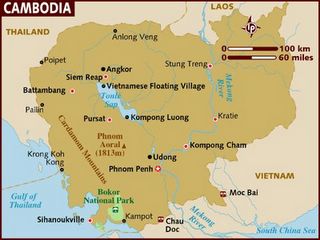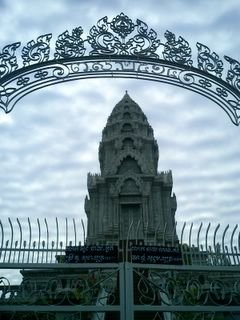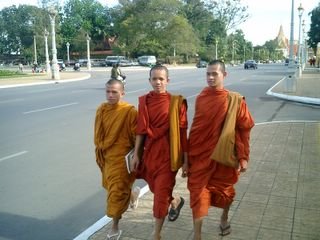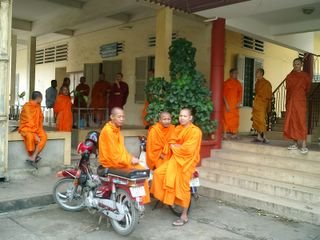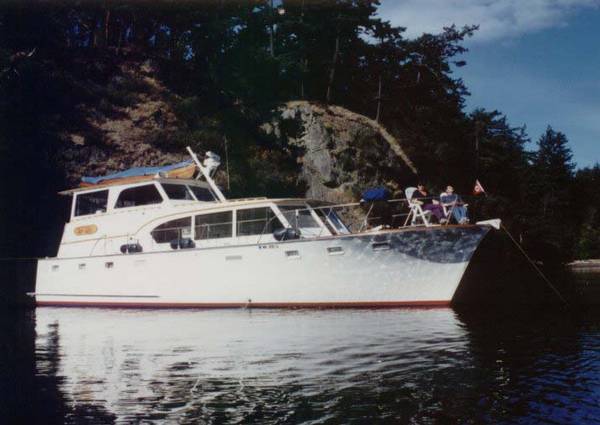Phnom Penh: The sequel
The next day we arranged for a Tuk Tuk to take us around and see some more sights. We really wanted to go see the Genocide Museum and the Killing Fields, so we hired a driver to stay with us all day taking us where we wanted to go. Ah luxury!
It's really hard to describe these places. It's difficult to imagine such terror in the recent past. You should go see it for yourself, it's pretty haunting.
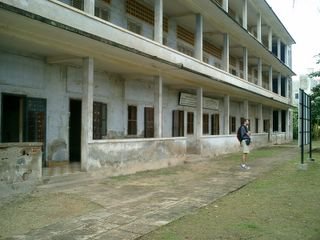
The Genocide Museum. It used to be a school, then it was used for torture.

The rules to be followed.

Just a few of the approximately 2 million people killed during the Pol Pot regime... young, old, male, female... it didn't matter at all.
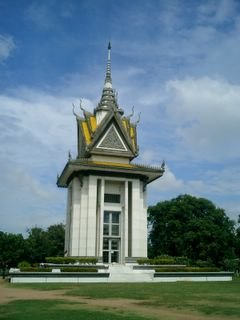
A monument at the Killing Fields filled with recovered skulls.
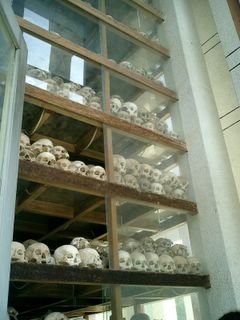
The skulls in the tower.
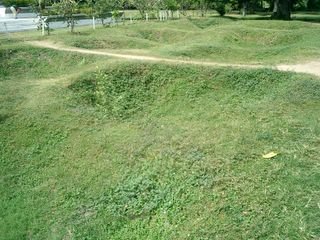
These are some of the mass graves from where the skulls were recovered.

In the paths between the graves, you can see bones protruding from the dirt.

Occasionally there were piles of bones and clothes. So disturbing.
Despite the gruesome and somber feelings surrounding these sites, we managed to see some real beauty on the way home. The countryside was just gorgeous.

Phnom Penh countryside.
We headed back to the hotel to rest up for the next day's trip north to see Angkor Wat.
-Tom
